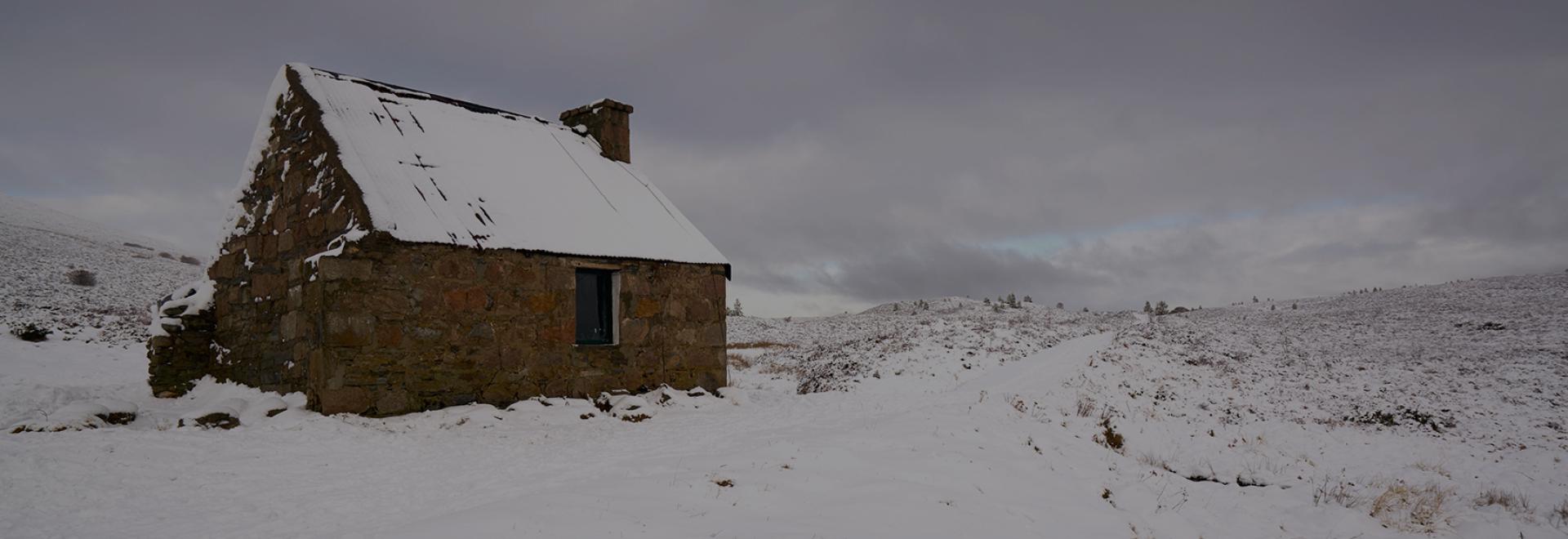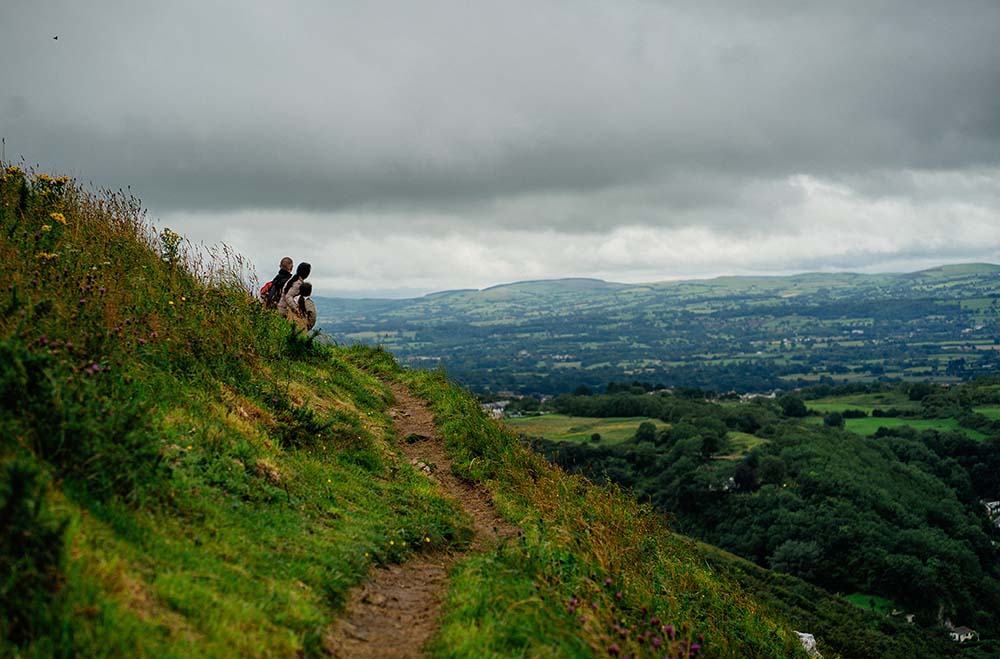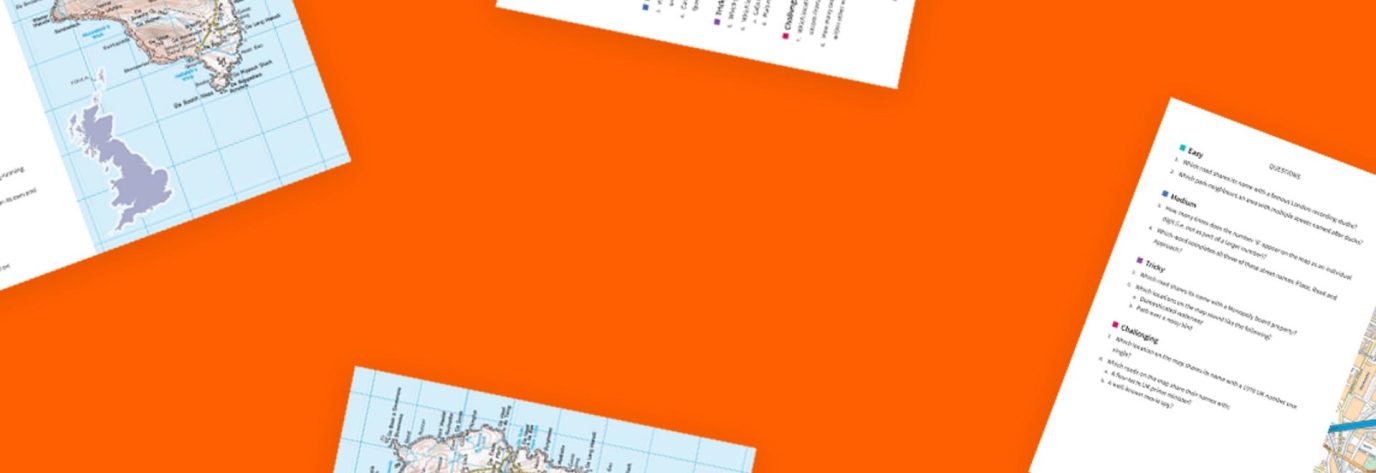Forget hotels and tents – #GetOutside Champion Phoebe and wild camping enthusiast wants to introduce you to bothies and why you should be staying in them.
Hidden in some of the wildest corners of Britain – from the rugged west coast of Scotland to the deep hinterland of the Highlands, in between the folds of the Lake District fells and tucked into the trees of the Welsh forests – abandoned buildings – known as bothies – lie in wait. Maintained by volunteers and looked after by a charity known as the Mountain Bothies Association (MBA, they are completely free to use by anyone…
What is a bothy?
Basically, a mountain hut, left open for walkers, climbers and mountain bikers to stay in, for free, for a maximum of two nights.
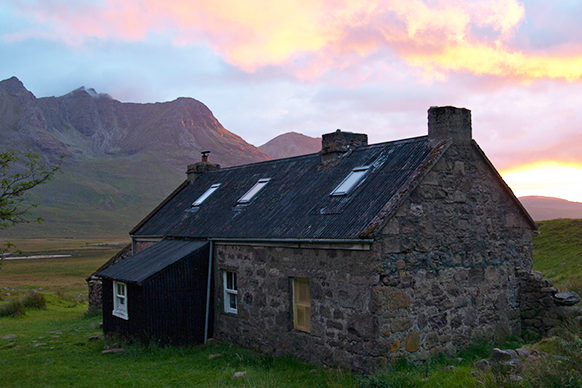
Shenavall Bothy – Image: Neil S Price
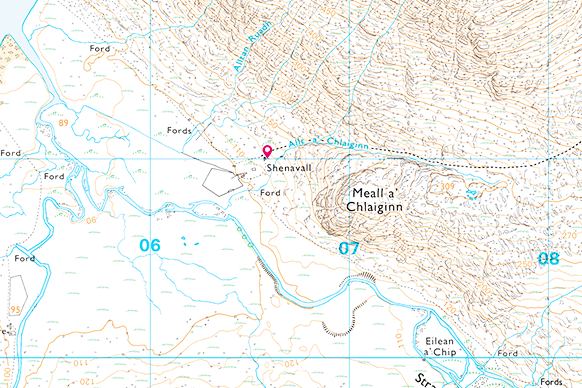
The bothy at Shenavall on OS Maps – click to open.
What should I expect?
Bothies were never built for walkers and outdoor lovers, they all had prior uses, from old homesteads for gamekeepers to schoolhouses, coastguard lookouts and bunkhouses for miners, but as need for them declined they were left vacant. Enter the MBA, an organisation founded in 1965, which decided to take on the maintenance of them, with permission of the landowner, so that people like us could use them for short overnight stays.
Due to their prior uses no two bothies are the same. They can be big or small, multi-roomed or single chambers, made of brick, rock or wood – but it’s their quirkiness and uniqueness that make them such a joy to visit.
So what’s inside them?

A typical sleeping arrangement in a bothy – Image: Neil S Price
Very little. Think of them as stone tents. Many have sleeping platforms – though in some you’ll have to sleep on the floor. Most have stoves for warmth (though others don’t). At their simplest they’ll have four walls, a door and a window; at their most extravagant they can have more than one room, two levels and even bedframes. You just never know. As such you’ll need to take with you all the same things you would for sleeping in a tent (sleeping bag, camping mat, stove, food) plus coal or wood for the fire and a headtorch for light (tealight candles are also good for this – just remember your matches!).
And what about ‘facilities’?
There is no electric, gas or running water. Most are positioned next to a stream so you can collect that and purify it before drinking (boiling it on your camping stove is the best way). For a toilet a few have them but they are very basic (i.e. ‘flush’ them with a bucket of water from the stream), but usually it’s just a spade to dig yourself a hole. Make sure you carry out all your rubbish – including toilet paper. And if you need to ‘go’ make sure it’s well away from the bothy (at least 200m) and at least 50m from any stream or path.
Sleeping by the fire – Image: Neil S Price
Why stay in one?
Two main reasons – location is the obvious one – as heading out to find one will take you into some of the most dramatic and beautiful places in Britain. The other reason is the chance to embrace serendipity. There’s so much in this world now that we can plan and control – a stay in a bothy is not one of them. You can’t book it, you simply turn up and see what happens. You might get the whole place to yourself, but you might get there and meet 20 people from all over the world. And that’s when the magic can happen – meeting likeminded people you never would have done otherwise, all united under one bothy. Each bothy has a visitor’s book so be sure to sign it, and take a minute to read about all the other people who have visited it before you.
Anything else I should know?
There is basic bothy etiquette that you should follow.
The main one is to always leave a bothy in a better state than when you arrived, taking out all rubbish you can with you – even if it’s not yours. Second is that there is always room in a bothy – it’s not first come first served – so make all visitors welcome.
Third is that you should only ever stay for a maximum of two nights and keep group sizes to a minimum – you will need to ask for special permission if there’s more than six of you.

Don’t forget to sign the visitors book! Image: Neil S Price
Where can I find one?
All over Scotland, with a handful in England and Wales too. By their very nature – given that they were mainly constructed to house workers in remote parts of the countryside, most require effort to get to, at least a few kilometres and miles walking. But the effort is well rewarded.
How can I find one?
Joining the MBA is a good place to start. It costs just £25 per year and all your money goes back into helping to maintain these wonderful shelters Then for some inspiration and stories about these little mountain hideouts there’s always my book Book of the Bothy. Then grab your relevant OS map and #GetOutside and start exploring…

By Phoebe Smith
Phoebe Smith is an award-winning Travel, Adventure and Outdoor Journalist. She is author of several books on the outdoors including Extreme Sleeps: Adventures of a Wild Camper, Wild Nights: Camping Britain’s Extremes, Book of the Bothy and Wilderness Weekends: Wild Adventures in Britain’s Rugged Corners.
